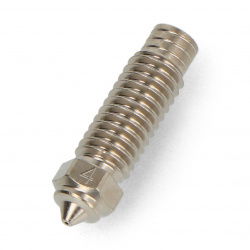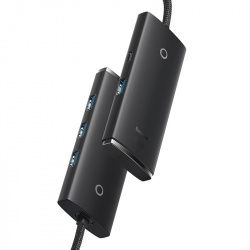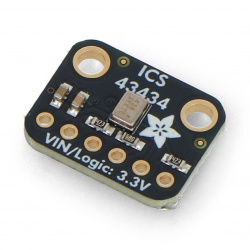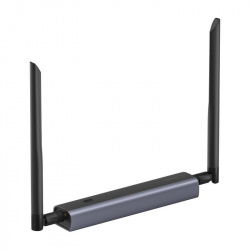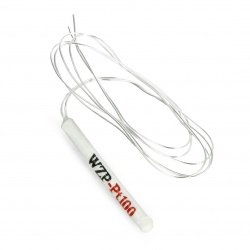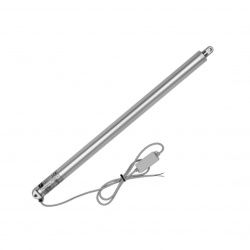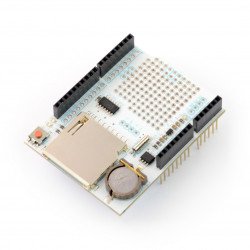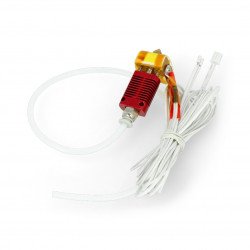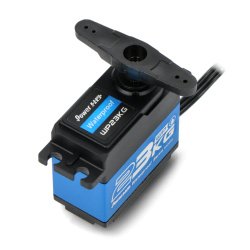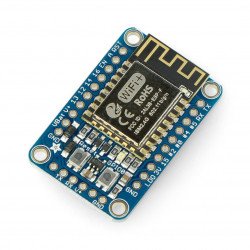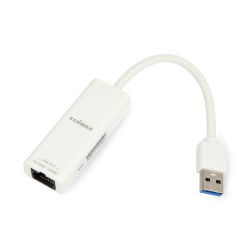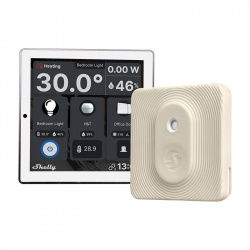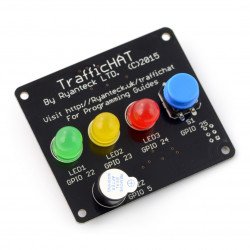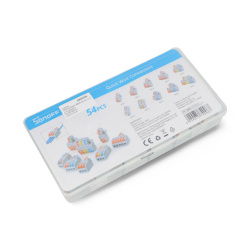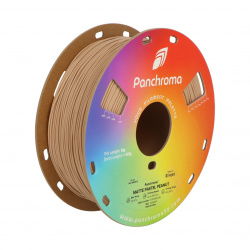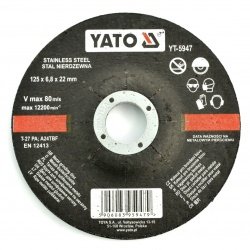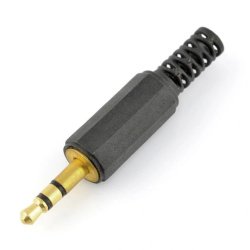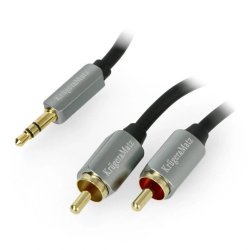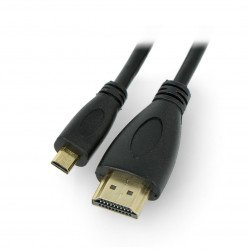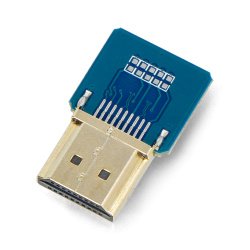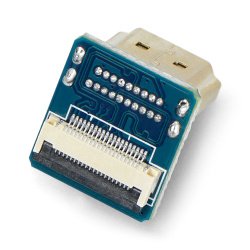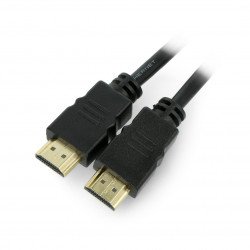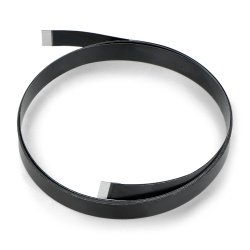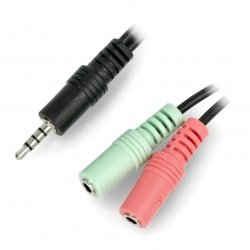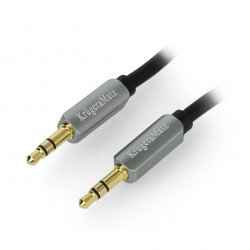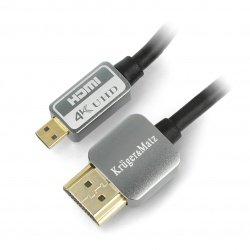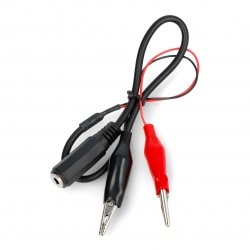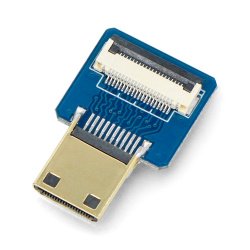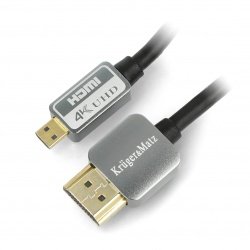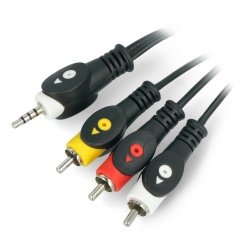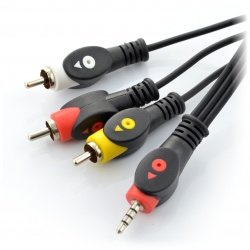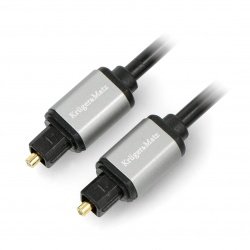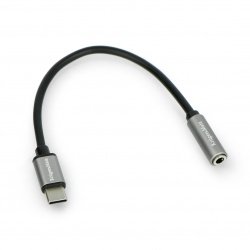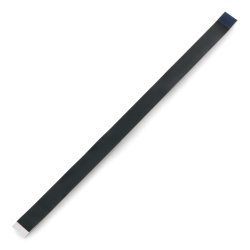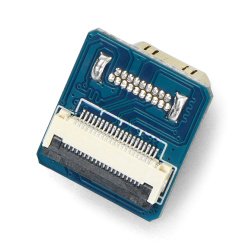Types of audio connectors - analog
Audio connectors used today can be broadly divided into two types: analog and digital. Analog audio cables and connectors available in our store include: RCA, a popular cinche audio cable - this connection uses asymmetric signals and is susceptible to interference at large distances. Connectors with shielded cables and gold-plated plugs have better properties. The Jack connector is one of the most popular solutions in the audio world. The audio input cable comes in sizes 6.3 mm, 3.5 mm and 2.5 mm.
Types of audio and digital connectors
Our offer also includes digital audio cables and connectors. You can decide to choose, for example, a Toslink audio input cable , i.e. a connector that is insensitive to interference, uses optical fiber and uses light pulses as the data carrier. The second recommended audio input cable is HDMI - it is currently the most popular sound cable on the audio-video market, offering simultaneous transmission of uncompressed sound and image. There are several types of this connector: type A - the classic and most common type of HDMI audio cable , type C - the so-called mini HDMI and type D, i.e. micro HDMI.
Minor differences, significant differences - audio connecting cables
In addition to the HDMI input types, this connector has several standards. From 2000 to 2016, the connector underwent quite a transformation and is currently in version 2.1, which supports up to 48 Gbps. When choosing an audio cable from the audio wires and connectors section, it is worth taking a closer look at the Toslink standard that provides lossless sound in 5.1/7.1 formats. The cable transmits it digitally using light pulses, so it is not sensitive to radio or electromagnetic interference - additionally, at the output it gives the same signal as received at the input, which means a huge advantage over analog cables.
Keep this in mind when shopping for an audio cable
When we decide to buy a cable from the audio cables and connectors offer, it is worth knowing in advance what length of cable we need. This is important for cheaper cables, where interference and transmission errors may occur. Digital cables are less susceptible to this type of problems, which does not mean that we can lay, for example, 50 m of such a cable without problems. The Toslink standard ensures quality up to 30 m. When choosing this type of cable, let's also pay attention to the supported band - the optimal range is from 9 MHz to 11 MHz. Remember that when laying a Toslink cable, you must not bend it, which may lead to irreversible damage to the fiber. If you have high-class playback equipment and a set of speakers with an amplifier, it is worth investing in a good optical cable. Botland's offer also includes an HD audio cable that will provide the highest quality sound effects.
Audio cables and connectors - FAQ































































































































































































































































































































